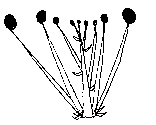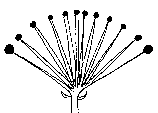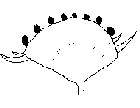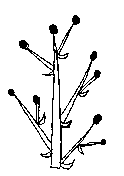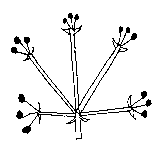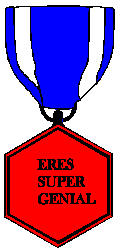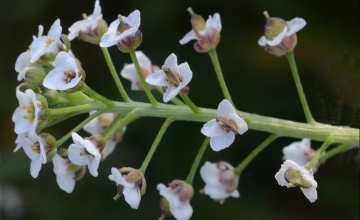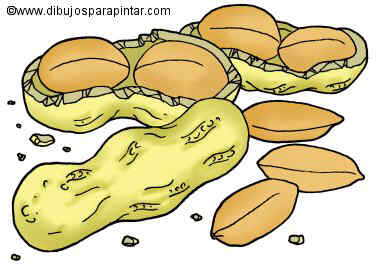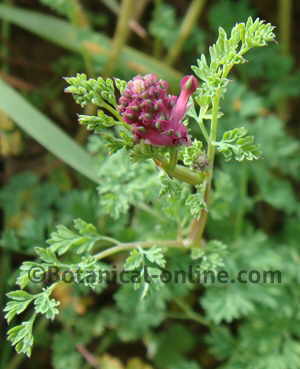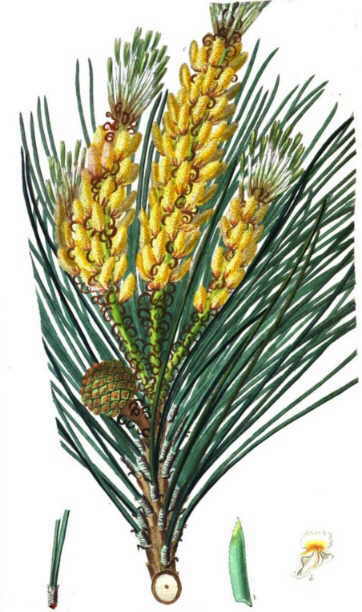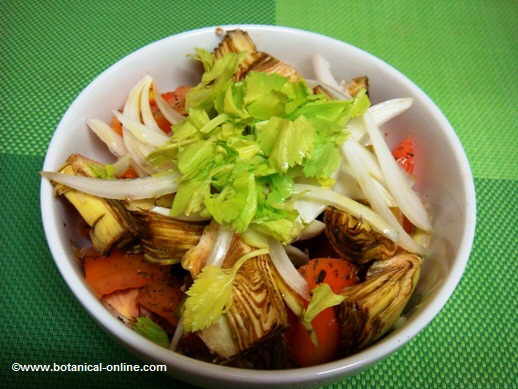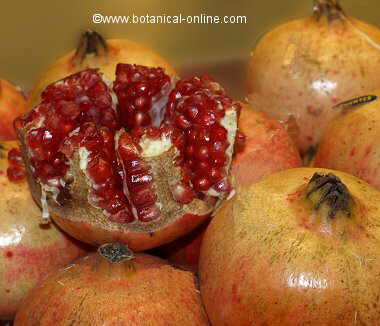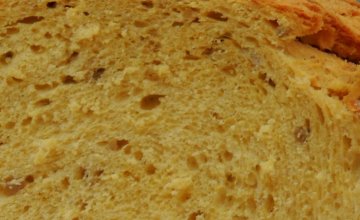Contents
THE FLOWER: INFLORESCENCES
Flowers do not appear solitary in a stem. They are generally arranged in a fixed pattern we call inflorescence. Flowers included in the inflorescence are generally called florets. Inflorescences can be:
Single: when all the flowers are gathered in the same single pattern.
Compound: when a complex pattern is made of another single patterns.
Main single inflorescences
|
|
|
|
|
- In racemes florets are attached along a floral peduncle with stems similar in length. Young florets appear above and old ones below.
- Spikes are inflorescences similar to racemes, but florets are attached directly to the floral peduncle, without stems.
See image of a spike: Mint – Mentha rotundifolia
- In corymbs. all the florets are arranged along a floral peduncle but, differently to racemes, stems have different length in such a way that all the florets appear at the same flat round level.
- In umbels florets arise from the same point of the peduncle.
- In heads florets bearing no stem are gathered together on a platform-shaped peduncle. This is the inflorescence characteristic in the daisy family.
See image of a head: Milk thistle-Sylibum Marianum
Main compound inflorescences
|
|
- Panicles are formed by several racemes gathered together.
- Compound umbels are formed by several umbels gathered together.

Questions about inflorescences
Choose the correct answer:
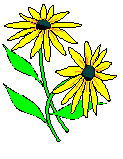
Which kind of inflorescence this daisy is?
An umbel
A head
A spike
The flower above is an inflorescence...
Compound
Special
-Single
 Go back to according to the calyx
Go back to according to the calyx
To know more about “The flowers”
![]() More information about plants.
More information about plants.



